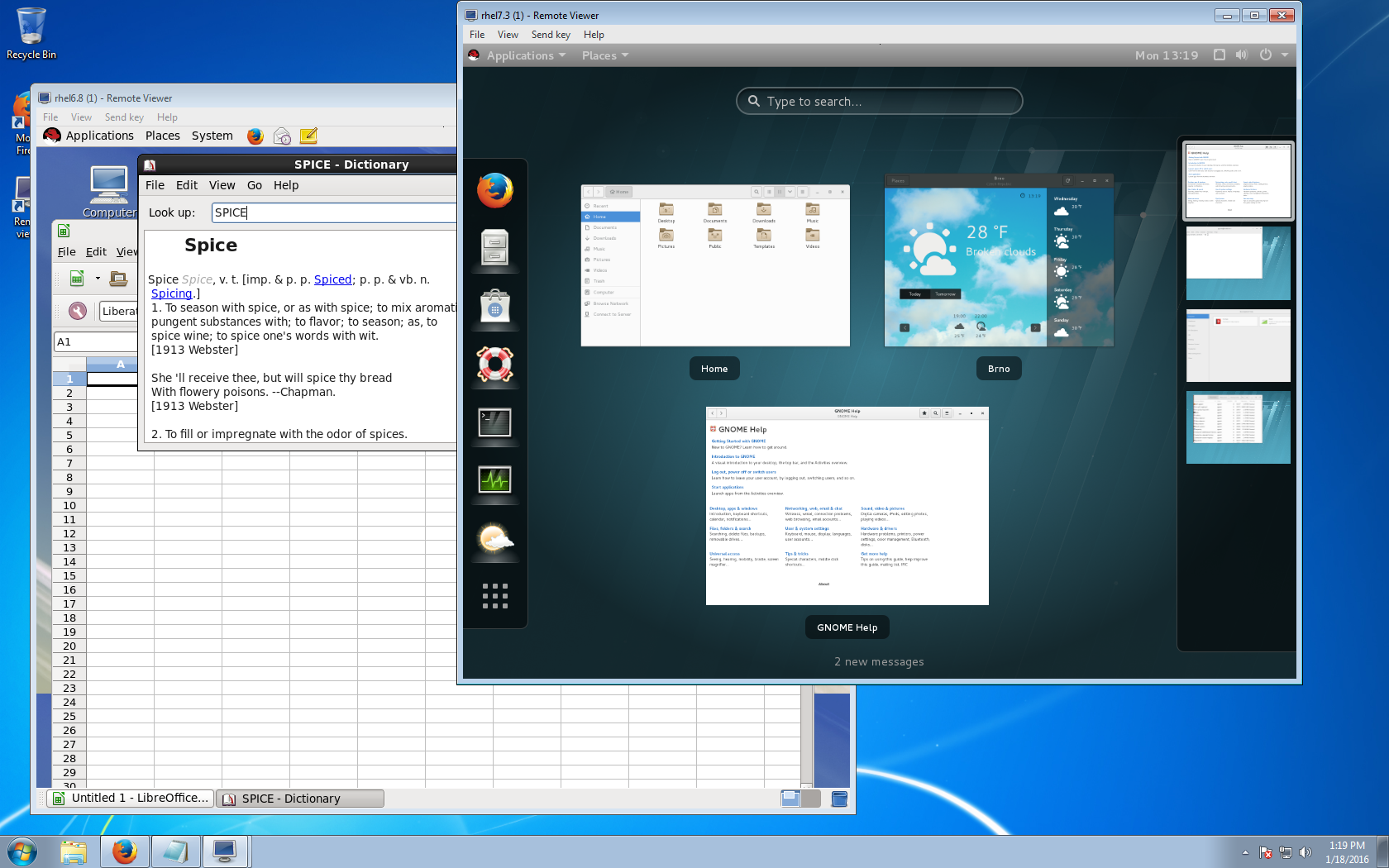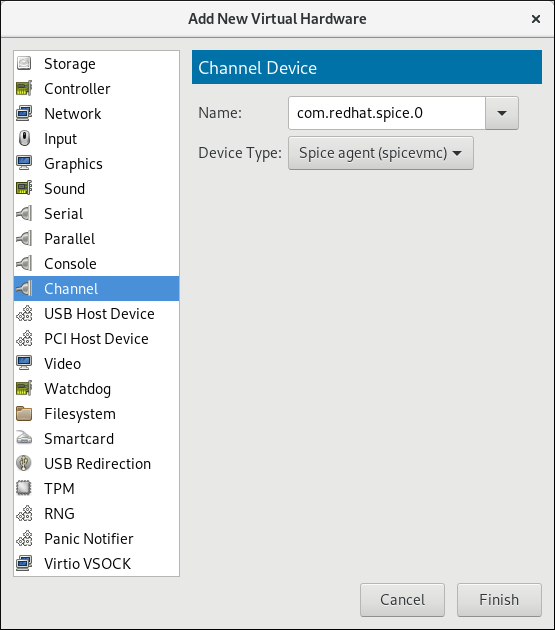

- #SPICE CLIENT FOR MAC MAC OS X#
- #SPICE CLIENT FOR MAC INSTALL#
- #SPICE CLIENT FOR MAC SERIAL#
- #SPICE CLIENT FOR MAC DRIVERS#
- #SPICE CLIENT FOR MAC WINDOWS#
Then, start a Spice server as you normally would (see either the Xspice or QEMU sections, above). To use this, you will need to have the spice-html5 and python-websockify packages installed. Spice provides a pure HTML5 client option.
#SPICE CLIENT FOR MAC INSTALL#
You can install xdm to accomplish this result instead. Unfortunately, gdm does not currently support this, due to bug 690926. Simply passing '-query ' instead of the '-xsession /usr/bin/gnome-terminal' should accomplish this. XDMCP, in theory, would let you run an Xspice session that would allow anyone to log in to a new session. Then connect with any spice client (see the remote-viewer section, above), and you should see a simple X server with a gnome-terminal. Xspice -disable-ticketing -xsession /usr/bin/gnome-terminal :1 -port 1234 & To use, you will need the xorg-x11-server-Xspice package installed. Xspice creates a virtual X server that you can then connect to remotely using any Spice client. (Old clients include spice-client, which provides spicec, and spice-gtk-tools, which provides spicy). Modern use suggests that you use remote-viewer, which requires the virt-viewer and spice-gtk3 packages on Fedora. On the client, you will need a spice client. In the guest, you will need to install xorg-x11-drv-qxl and you will want to install spice-vdagent.

Qemu -usbdevice tablet -soundhw ac97 -vga qxl -spice port=5930,password= -enable-kvm Qemu -usbdevice tablet -soundhw ac97 -vga qxl -spice port=5930,disable-ticketing -enable-kvm To test spice, install a qemu with spice support and spice-server on the host machine, then start qemu with options something like this: Often, the client system is the same as the host system, at least for simple testing.

You connect from the client system to view the guest VM. The host system runs qemu to launch the guest VM. You will need a host system, guest system, and client system. The client currently works on x86-64 and x86, but we're working on porting it to more architectures.

The server part of Spice requires a x86-64 machine, and ideally should have hardware virtualization support (kvm) although this is not strictly required. Which implies we must be able to cross-build all bits using the mingw compiler.
#SPICE CLIENT FOR MAC WINDOWS#
Which implies we must build the windows binaries in mock/koji. Note that the fedora package guidelines don't allow shipping pre-compiled blobs. It might be interesting to package these in fedora somehow so that its easy to deploy them.
#SPICE CLIENT FOR MAC SERIAL#
#SPICE CLIENT FOR MAC DRIVERS#
#SPICE CLIENT FOR MAC MAC OS X#
There are experimental Mac OS X and Android clients as well. The Spice project provides a Linux, Windows, and HTML5 client. It also provides a Spice server and VDAgent to handle connections and transmit the information via the SPICE protocol to clients. Spice adds a QXL display device to QEMU and provides drivers for this device for both X and Windows. The Simple Protocol for Independent Computing Environments (SPICE) is used for client-server communication. It's main focus is on virtualized devices within qemu virtual machines, but it also provides a pure X frame buffer solution known as Xspice. The Spice project deals with all of the infrastructure involved in connecting to and operating desktop environments remotely. Echo "Usage: $0 vmid ] "Įcho "proxy: DNS or IP (use as default) "ĭATA= " $(curl -f -s -S -k -data-urlencode "username= $USERNAME " -data-urlencode "password= $PASSWORD " " $PROXY:8006/api2/json/access/ticket " ) "ĬSRF= " $ "Ĭurl -f -s -S -k -b "PVEAuthCookie= $TICKET " -H "CSRFPreventionToken: $CSRF " " $PROXY:8006/api2/spiceconfig/nodes/ $NODE/qemu/ $VMID/spiceproxy " -d "proxy= $PROXY " > $NODE- $VMID.Spice aims to provide a complete open source solution for interaction with virtualized desktops


 0 kommentar(er)
0 kommentar(er)
